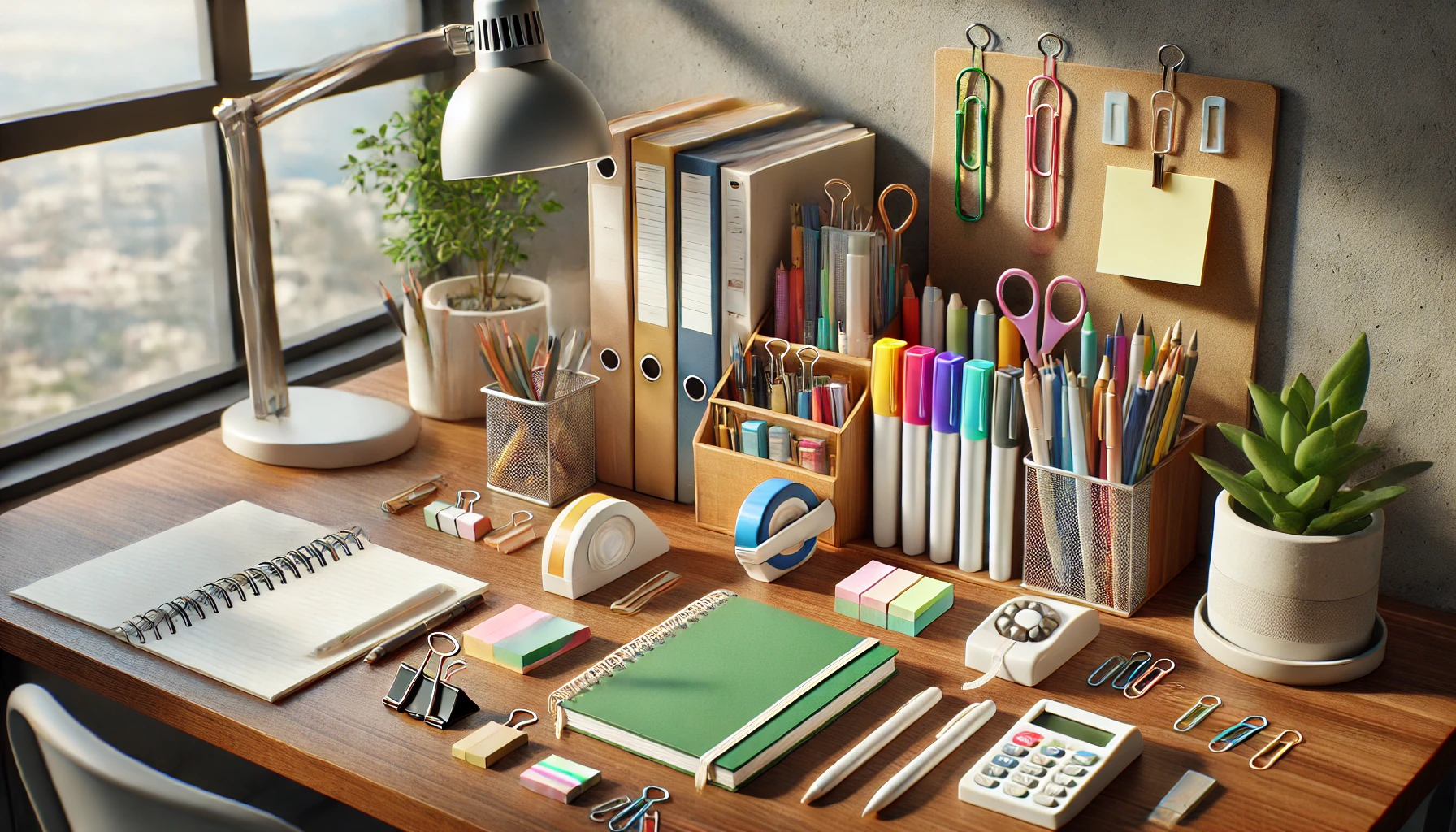In a world dominated by mass production, there’s something magical about the fusion of craft design technology—the artful blend of traditional craftsmanship, modern design principles, and cutting-edge technology. It’s a concept that not only respects heritage but also pushes the boundaries of creativity and innovation.
But what exactly is craft design technology? How is it shaping industries and impacting our lives? In this blog post, we’ll explore the world of craft design technology, diving into its essence, applications, and why it’s becoming a vital part of modern design culture.
What Is Craft Design Technology?
At its core, craft design technology refers to the harmonious combination of traditional craftsmanship, thoughtful design, and advanced technology to create products or experiences that are both functional and beautiful. It’s about preserving the artistry of handmade goods while incorporating the efficiency and precision of modern tools.
Think of a hand-carved wooden chair enhanced with ergonomically designed curves and produced using computer-aided manufacturing. Or a piece of handmade pottery with laser-engraved patterns. Craft design technology bridges the gap between the past and the future.
Why Is Craft Design Technology Important?
This approach is more than just a trend—it’s a philosophy that values sustainability, authenticity, and innovation. Here’s why it matters:
- Preservation of Craftsmanship
- Traditional crafts often face extinction due to automation. Craft design technology helps preserve these skills by integrating them with modern tools.
- Sustainability
- Combining traditional methods with technology often reduces waste and promotes eco-friendly practices.
- Enhanced Creativity
- Designers and artisans can experiment with materials and techniques that weren’t previously possible.
- Unique Products
- The fusion of handcrafting and technology produces items with a personal touch and unmatched precision.
Applications of Craft Design Technology
From fashion to architecture, craft design technology is making waves across various industries. Here’s how it’s being used:
1. Fashion
- Designers use 3D printing to create intricate patterns on fabric or accessories, while traditional embroidery techniques add a handcrafted touch.
- Example: High-fashion brands blending handmade lace with laser-cut details.
2. Furniture Design
- Woodworkers use CNC machines to carve complex designs into furniture while maintaining the warmth of handcrafted woodwork.
- Example: Scandinavian-inspired furniture with a mix of hand-polished finishes and precise cuts.
3. Jewelry Making
- Artisans combine traditional metalworking with CAD (computer-aided design) software to create intricate and customizable jewelry pieces.
- Example: Rings designed using traditional settings and enhanced with precision-cut gemstones.
4. Architecture
- Traditional building methods are being paired with smart technologies like sustainable materials and energy-efficient designs.
- Example: Eco-friendly homes with handcrafted aesthetics and solar-powered functionality.
5. Stationery and Accessories
- Brands use craft design technology to produce everyday items like pens, notebooks, and bags that are both stylish and practical.
- Example: Hand-sewn leather bags with laser-etched logos.
The Benefits of Craft Design Technology
Why are so many industries turning to craft design technology? Here are some of the benefits:
1. Quality and Precision
- Products are not only beautifully made but also meet high standards of accuracy and durability.
2. Customization
- Technology allows for greater personalization, letting consumers create items that truly fit their style.
3. Cultural Value
- Incorporating traditional techniques preserves cultural heritage and supports local artisans.
4. Innovation
- The marriage of old and new fosters groundbreaking designs that set trends rather than follow them.
5. Emotional Connection
- Handcrafted elements add a human touch, making products feel more personal and meaningful.
Challenges in Craft Design Technology
As with any innovation, there are challenges to consider:
- Cost:
- Combining craftsmanship and technology can increase production costs, making products more expensive.
- Skill Gaps:
- Finding artisans who can work with advanced technology or tech experts who understand traditional crafts can be a challenge.
- Balancing Tradition and Innovation:
- It’s a fine line between enhancing craftsmanship with technology and overshadowing it.
How to Incorporate Craft Design Technology into Your Life or Business
Whether you’re a consumer or a business owner, here’s how you can embrace craft design technology:
- Support Artisans:
- Purchase products from brands that value craftsmanship and innovation.
- Invest in Education:
- Learn about traditional crafts and modern tools to understand how they can work together.
- Collaborate:
- Businesses can partner with artisans and technologists to create unique products.
- Choose Quality Over Quantity:
- Focus on products that are thoughtfully made, even if they cost a bit more.
Conclusion: The Future of Craft Design Technology
Craft design technology is more than a passing trend—it’s a movement that’s shaping how we create, consume, and appreciate design. By blending tradition with innovation, it brings together the best of both worlds, offering products that are functional, sustainable, and deeply meaningful.
Whether it’s in the form of a handcrafted watch enhanced with smart features or a beautifully designed eco-friendly home, craft design technology is here to stay. It’s proof that respecting the past doesn’t mean shunning the future—in fact, they can coexist beautifully.
FAQs About Craft Design Technology
1. What is craft design technology?
Craft design technology is the fusion of traditional craftsmanship, modern design, and advanced technology to create innovative and high-quality products.
2. What industries use craft design technology?
Industries like fashion, furniture, architecture, jewelry, and stationery widely use craft design technology.
3. How does craft design technology support sustainability?
By combining traditional methods with modern tools, it reduces waste, uses eco-friendly materials, and promotes ethical production practices.
4. Can small businesses use craft design technology?
Absolutely! Small businesses can collaborate with artisans and use accessible tools like 3D printers or laser cutters to incorporate craft design technology.
5. Why is craft design technology important?
It preserves cultural heritage, fosters innovation, supports sustainability, and offers consumers unique, high-quality products.
Embracing craft design technology is a step toward a future where creativity, tradition, and innovation work hand in hand. Ready to join the movement? Start exploring today!
